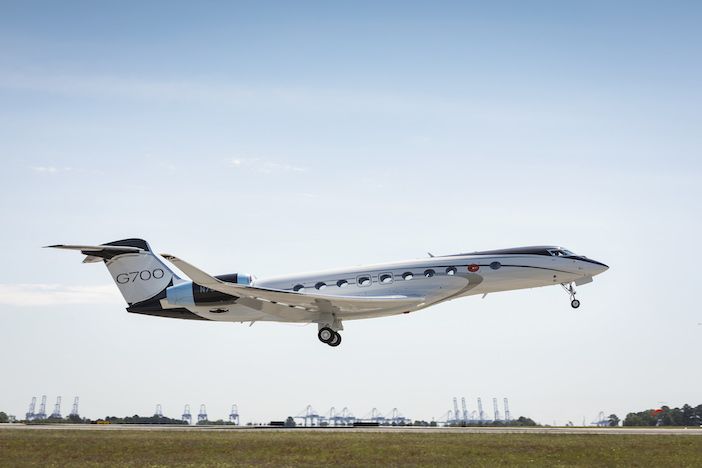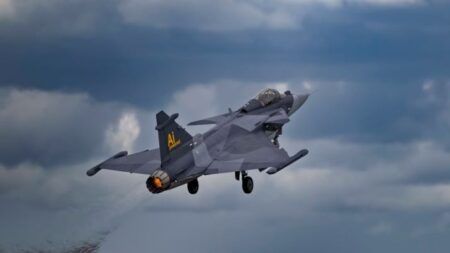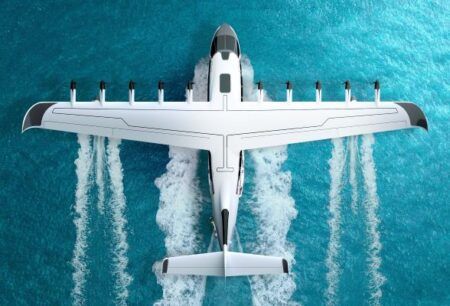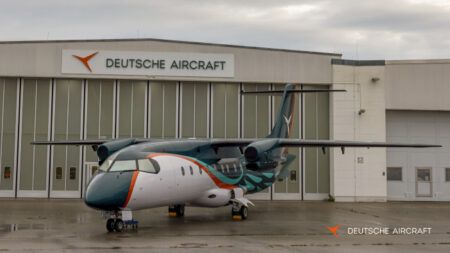Gulfstream is pushing ahead the G700 flight test program, with the second and third test aircraft making their maiden flights.
The second G700 flight-test aircraft had its first voyage on March 20, departing Savannah/Hilton Head International Airport and flying for 2 hours and 58 minutes. The aircraft reached an altitude of 45,000ft (13,716m) and a top speed of Mach 0.85.
Departing from the same airport, the third flight-test aircraft flew for the first time on May 8, flying over for 3 hours and 2 minutes, reaching the same altitude and maximum speed.
“The G700 flight-test program is running very well, a reflection of the extensive testing we conducted in our ground labs,” said Mark Burns, president, Gulfstream. “All three flight-test aircraft are performing exactly as we expected them to, and that helps us ensure a safe and thorough certification of the highest performing, most spacious and technologically advanced aircraft in business aviation.”
The three flight-test aircraft have flown more than 100 hours since the program’s first flight on Feb. 14. The G700 has reached a maximum altitude of 54,000ft (16,459 m) and a maximum speed of Mach 0.94.
The current flight-test aircraft are being used for envelope expansion, flutter testing, flying qualities and flight control, as well as mechanical systems, flights into known icing and environmental control systems, among other tests.
According to Gulfstream, the G700 features the longest, widest and tallest cabin in the industry with 20 panoramic oval windows and up to five living areas, along with an “ultragalley” with more than 10ft of counter space and a crew compartment or passenger lounge; a master suite with shower; and the industry’s only ultrahigh-definition circadian lighting system.
The G700 is powered by Rolls-Royce Pearl 700 engines and can fly at its high-speed cruise of Mach 0.90 for 6,400 nautical miles (11,853km) or at its long-range cruise of Mach 0.85 for 7,500 nautical miles (13,890km).





